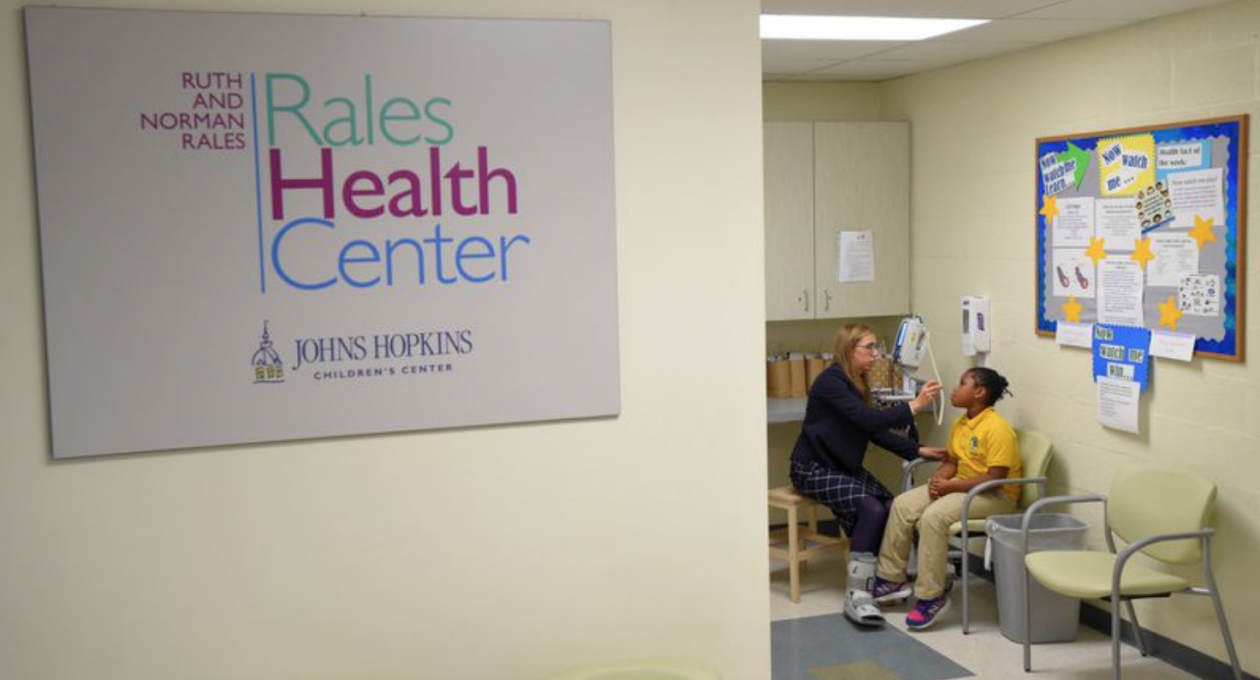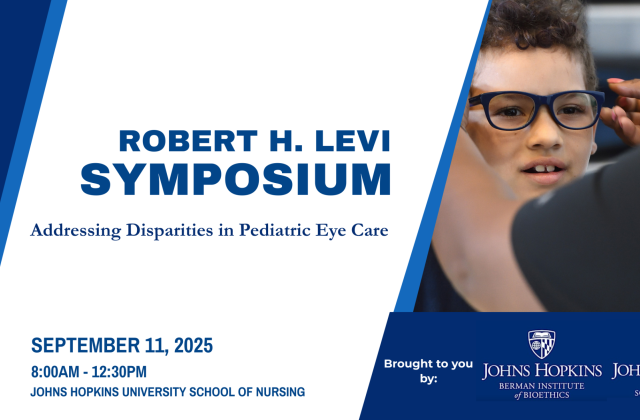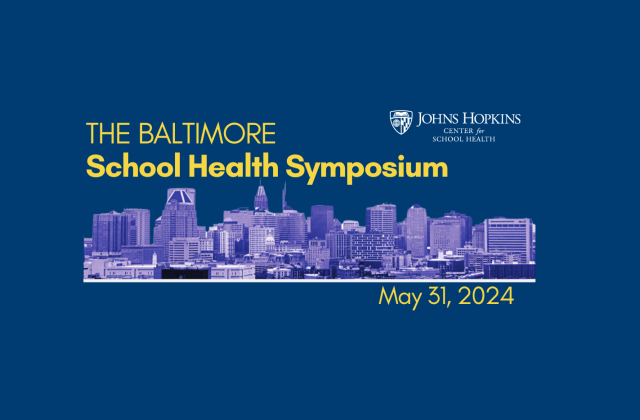By Beth Marshall, Amanda Inns, Sara Johnson, Megan Collins, Alice Liu, Madison Wahl on 2/26/2020
PUBLISHED IN BALTIMORE SUN OPINION
Many provisions of the Kirwan Commission’s education reform recommendations — from universal pre-kindergarten to higher teacher salaries — have already been subject to extensive debate.
As clinicians, public health professionals and educators, we know that one of the commission’s less-discussed recommendations is particularly critical — supplemental funding for children in areas with concentrated poverty to address their unique health and social needs. Maryland’s current school funding formulas do not fully recognize the reality that meeting those needs is a prerequisite for students’ academic success. The Kirwan Commission plan to invest billions in state education proposes to change that, and that’s good for kids.
Concentration of poverty grants will go to schools where a majority of students live in poverty (this threshold is currently set at 80% of students living in poverty). The Kirwan recommendations recognize that some schools need more money than others, given the greater needs of their students. Accordingly, the majority of the grant funds will go to schools in Baltimore City and Prince George’s County, which serve large numbers of students living in poverty.
In most states, students in the poorest districts receive more educational funds (local, federal and state) than rich districts, but not in Maryland. According to The Urban Institute, Maryland is ranked 42 out of 50 for allocating money to low-income districts. And yet we expect more from these schools. They are asked to help their students achieve the same level of academic proficiency as better-resourced schools while meeting a broader range of student needs.
Kirwan’s concentration of poverty grants would address that in two ways: base funding devoted to hiring a community school coordinator and health practitioner, and a per-student amount based on a concentration of poverty scale for school-specific needs. The General Assembly has already provided base funding for these grants for two years, enabling Baltimore City to expand its community schools program from 50 to 126 schools. This is only a fraction of the work that could be accomplished with full funding of the Kirwan recommendations.
Kirwan Commission Chair: The price of improving Maryland schools is worth it »
Concentration of poverty funds will allow teachers to focus on teaching while professionals with expertise in student health and social needs treat playground injuries, make sure students take their asthma medications or identify students who may be struggling with mental health conditions. These new personnel will help build evidence-based practices that improve student health and achievement. These investments will also help close gaps in student achievement by race because many of the low-income students who will benefit are racial and ethnic minorities.
It’s been almost a decade since The Campaign for Educational Equity released its report, Healthier Students Are Better Learners. It compiled research from neuroscience, child development and public health fields to show that supporting student health promotes academic achievement. The report highlighted how asthma, poor vision and problems with attention and hyperactivity contribute to poorer educational outcomes. Progress in acting on that report’s findings has been slow but encouraging: Meeting students’ basic health and social needs allows them to be in school and engaged in their classwork, helps them to be less disruptive and supports them in developing positive relationships with their peers and teachers.
For example, the Johns Hopkins Rales Center at KIPP Baltimore provides comprehensive school-based health care, wellness programming and family advocacy to more than 1,500 students in kindergarten through eighth grade. At KIPP, students can see a clinician right at school and school nurses give students their daily asthma medication. These health supports have reduced chronic absenteeism by 50% among students with asthma. Chronic absenteeism is a key predictor of poor school performance and school drop-out. Concentration of poverty funds will enable more schools to provide these wraparound services to students and their families.
Critics of the Kirwan Commission’s recommendations fear lack of accountability and not enough focus on results. However, concentration of poverty grants include a mechanism to monitor outcomes and accountability. This process for careful evaluation and monitoring will be critical for demonstrating that the Kirwan dollars are improving student outcomes.
We can no longer expect Baltimore City and other underfunded school districts to do more with less. Meeting the health and social needs of students in poverty improves equity and helps keep students in their seats, ready to learn. Promising pilot programs that address health and education together have been historically funded by private philanthropy, limiting their reach and sustainability. Concentration of poverty grants are a key step to systematically addressing students’ health and social needs in schools across the state.


